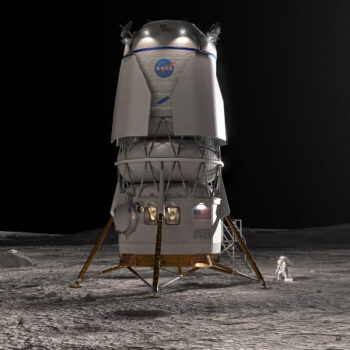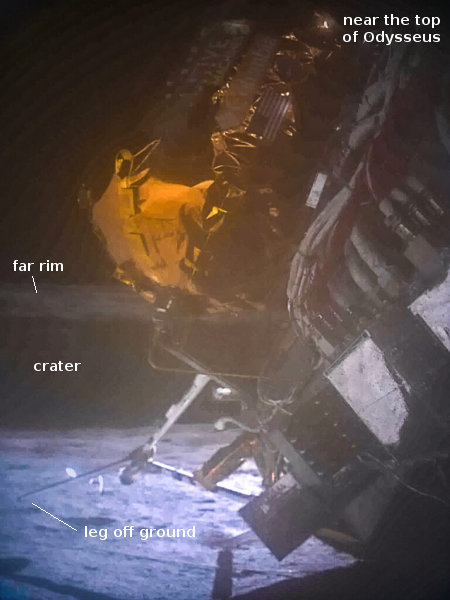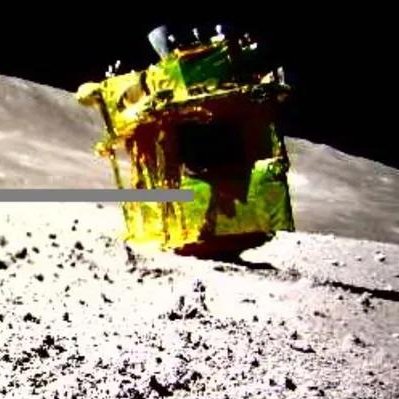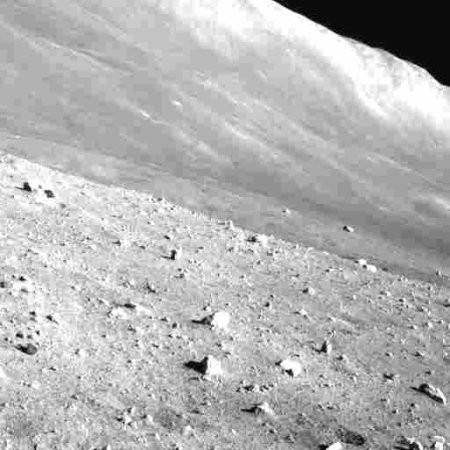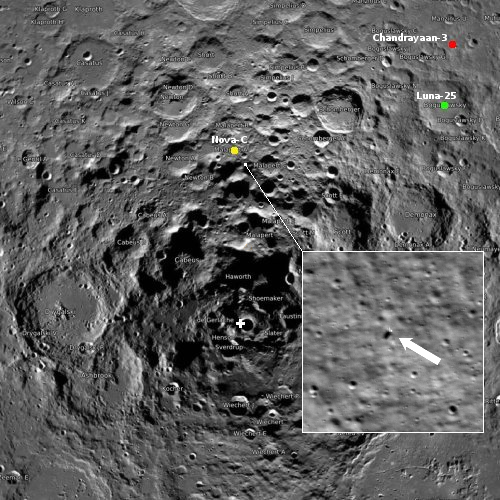More partners join China’s International Lunar Research Station
China today announced the addition of three more international partners in its project to build a permanent base on the Moon, dubbed the International Lunar Research Station (ILRS).
The new partners of the ILRS include Nicaragua, the Asia-Pacific Space Cooperation Organization and the Arab Union for Astronomy and Space Sciences. China will collaborate with these three parties on various issues concerning the ILRS, including its demonstration, engineering implementation, operation and application, according to the CNSA.
China’s proejct now has ten partner nations (Azerbaijan, Belarus, Egypt, Nicaragua, Pakistan, Russia, South Africa, Thailand, Turkey, and Venezuela) and eleven academic or governmental bureaucracies.
If all goes as planned, China hopes to have the basic station established by 2030, which it will periodcially and intermittently send astronauts.
China today announced the addition of three more international partners in its project to build a permanent base on the Moon, dubbed the International Lunar Research Station (ILRS).
The new partners of the ILRS include Nicaragua, the Asia-Pacific Space Cooperation Organization and the Arab Union for Astronomy and Space Sciences. China will collaborate with these three parties on various issues concerning the ILRS, including its demonstration, engineering implementation, operation and application, according to the CNSA.
China’s proejct now has ten partner nations (Azerbaijan, Belarus, Egypt, Nicaragua, Pakistan, Russia, South Africa, Thailand, Turkey, and Venezuela) and eleven academic or governmental bureaucracies.
If all goes as planned, China hopes to have the basic station established by 2030, which it will periodcially and intermittently send astronauts.





